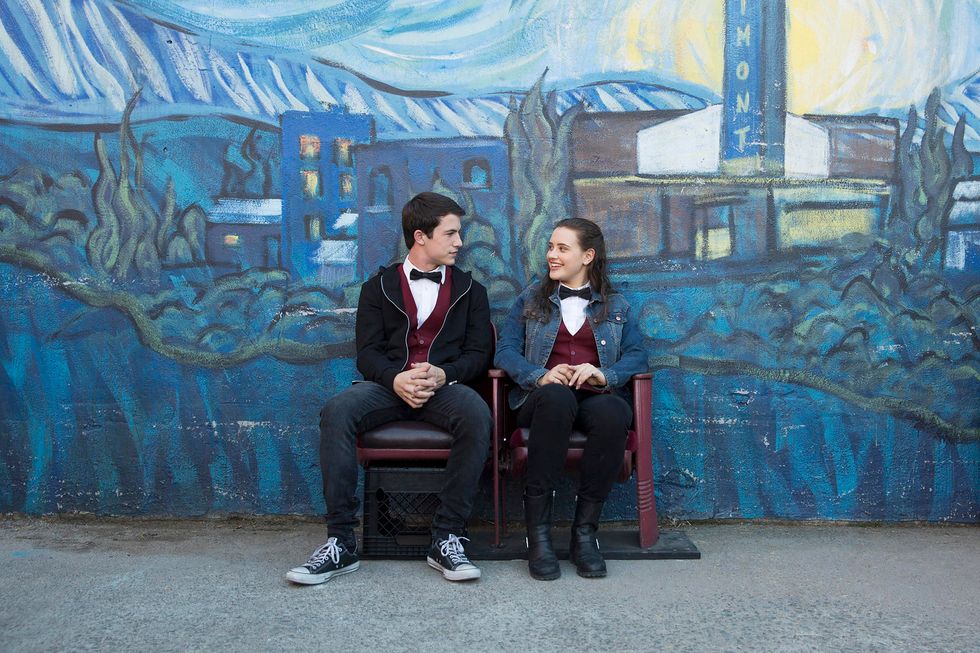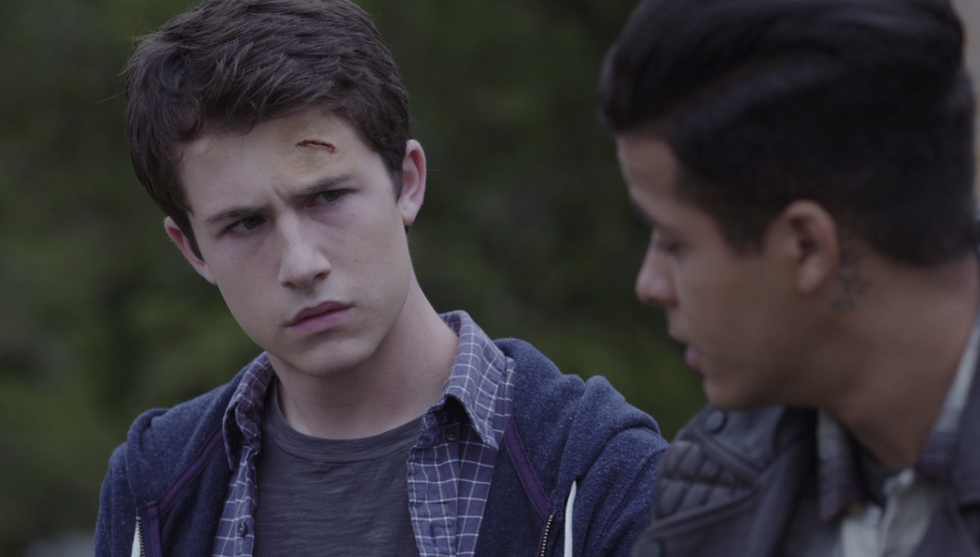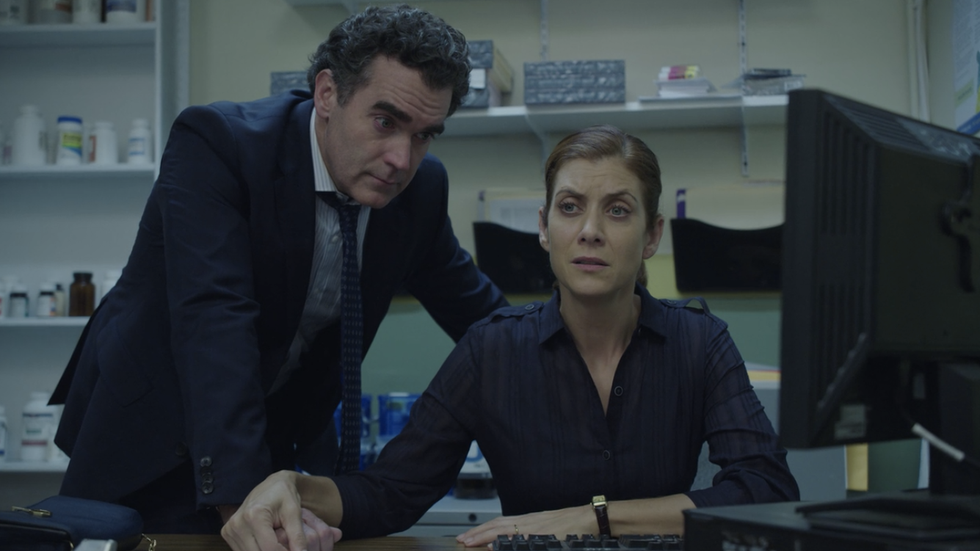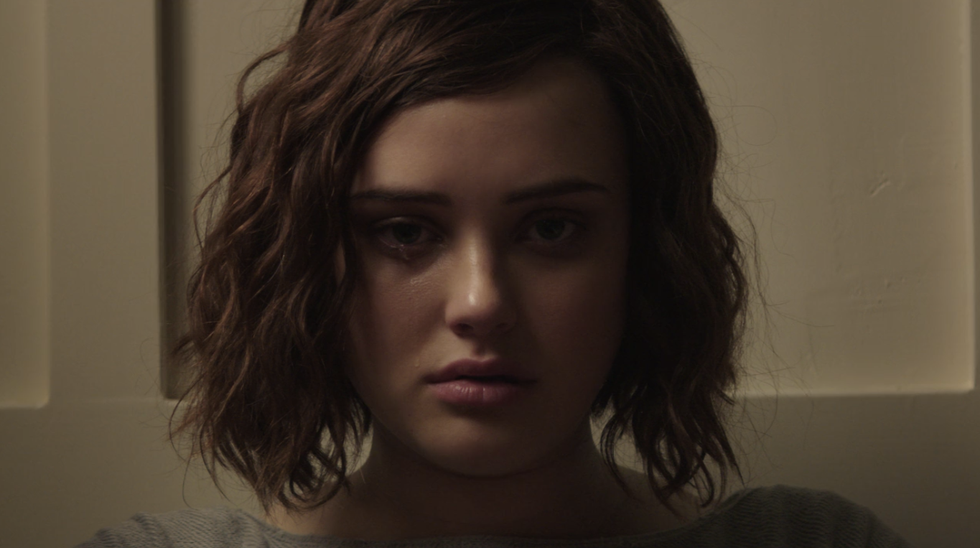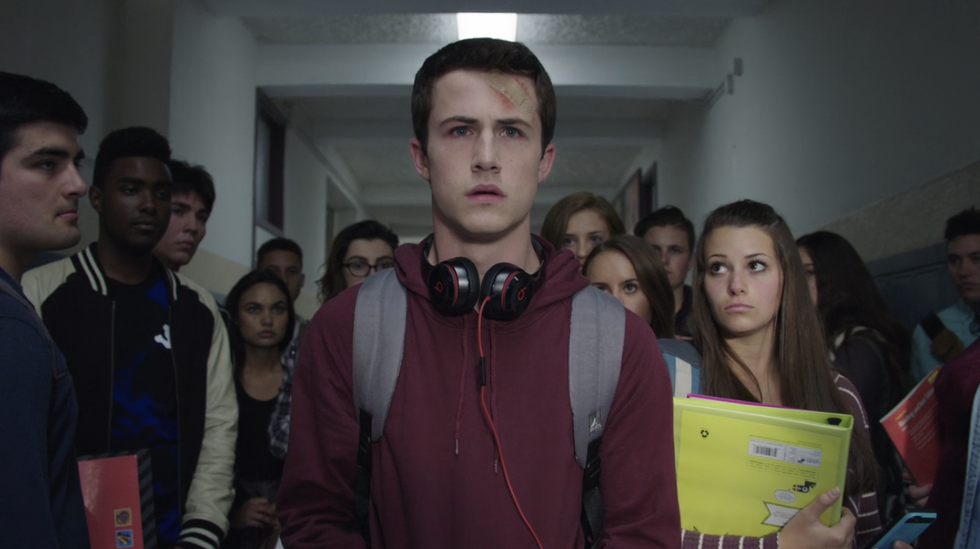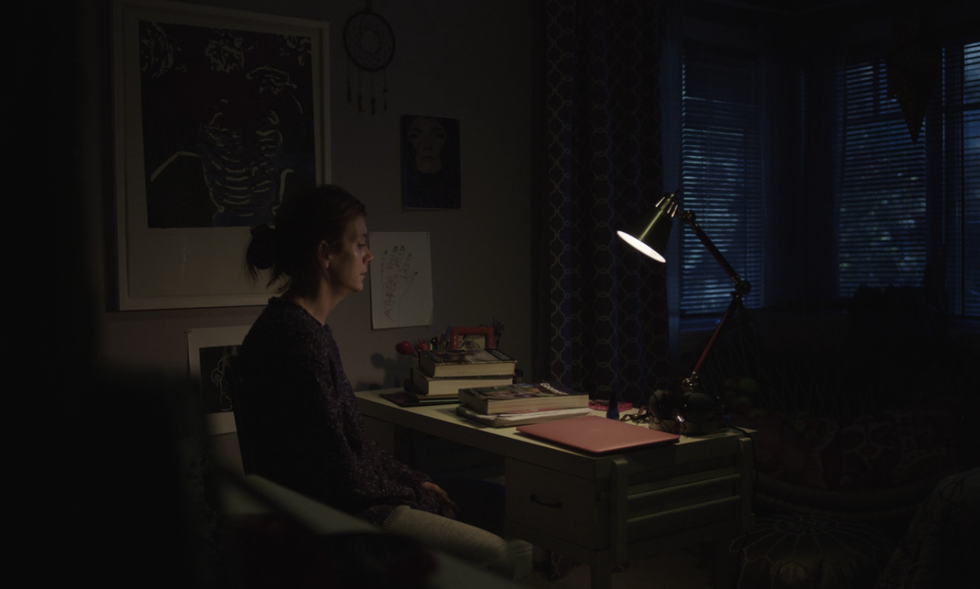A few years ago, probably during my first or second year of high school, I found myself wandering in and out of the bookshelves at my local bookstore. Various covers caught my eyes, and despite the age old saying, "Don't judge a book by its cover," I was looking for something to catch my eye — in this case, a hardback novel with a black and white cover. It depicted a girl on a swing, with wavy hair and a beanie, looking off into the distance. The title of the book was intriguing, "Thirteen Reasons Why," and even more so because the "i" in "Thirteen" and the "e" in "Reasons" were bright red and were meant to look like the number 13, rather than letters in a word. I flipped through the book and read the synopsis, picking up a copy from my library later that week. I remember skimming it, gathering the plot and bits and pieces of dialogue, but at the time, I was busy and too caught up in my own high school drama to take in the perspective of another.
If you spend any time on social media, you probably recognize the title, "13 Reasons Why," as the renown book was recently released as a series on Netflix. The story follows junior Clay Jensen and his journey to discover why his classmate, Hannah Baker, took her life in a dramatic series of events. Hannah tells the story of how her life ended through a series of audiotapes that are passed from person to person — the people who played a role in what lead to her suicide. As most Netflix shows are, "Thirteen Reasons Why" is captivating, and it's hard to push pause once you've started watching. Here is why this particular Netflix series is by far one of the most important TV shows of all time:
It addresses a handful of problems that society tends to shy away from.
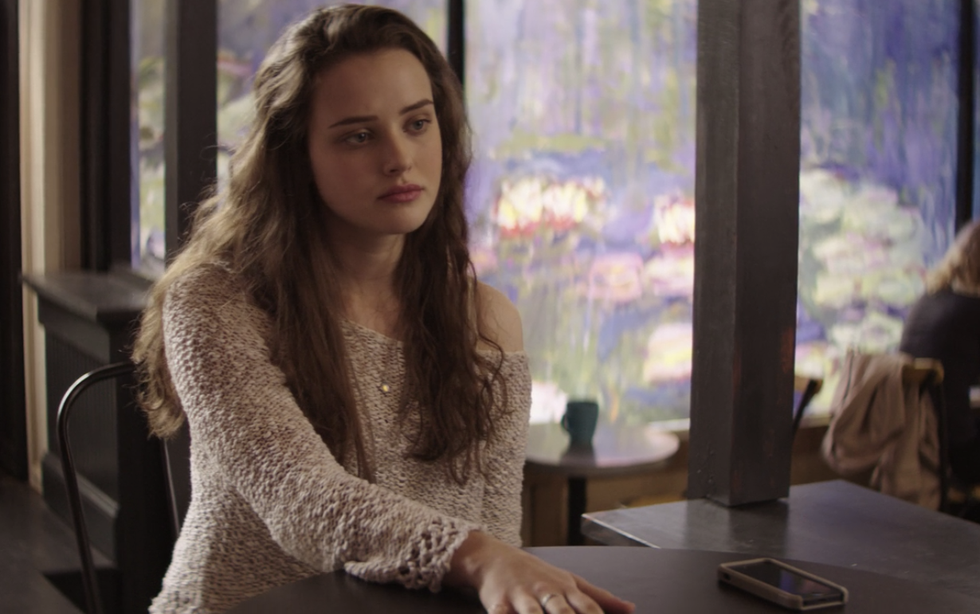
It offers a new, and rarely portrayed, view on suicide and depression.
While many viewers, and a handful of social media users, have commented on articles and posts about how the series overdramatizes the events of Hannah’s life, I have to disagree. The way the series portrays her perspective is very true to real life: depression can feel almost surreal, as if the whole world is against you, just as Hannah’s life is depicted through her tapes. The thing is, when it comes to depression, it really can be surreal, and to the outside world, the perspective of someone who is in such a dark place can seem unreal, and perhaps overdramatic.
It has started much needed conversations about mental health and teen suicide.
It’s time to shed light on the unspeakable and lend a helping hand to those in desperate need of support. The series provides information on warning signs of depression and mental health issues, and even has a follow-up episode discussing the importance of the show and the impact they hope it will have.
It depicts a handful of perspectives.
The series serves as reminder that suicide can affect a lot of different people: friends, parents, peers, teachers, school staff, and more. “13 Reasons Why” shows more than one perspective, which keeps its audience engaged as it switches back and forth between different people involved.
It’s heavy.
When most people sit down to binge on Netflix shows, they’re looking for shows such as “Scandal” or “How I Met Your Mother.” Shows like these don’t tend to leave viewers with outstanding emotions, nor do they invite a lot of thought throughout. “13 Reasons Why” invokes some of the heaviest, deepest, and even darkest emotions. It’s heart-wrenching, graphic, and even triggering. It’s captivating, but it forces you to think about your own thoughts and actions, the actions and thoughts of your peers, and the influence you have in the lives of others. It forces you to think about some of your own darker days, traumas, and more. While it’s difficult, it’s important. It allows viewers to reflect and even change the way they think and act, especially with better knowledge of the warning signs of suicide and depression.
It’s relatable.
It’s hard to not find a piece of yourself within the characters. Humans experience longing and loneliness, some have been through unimaginable traumas like Jessica and Hannah did. Some of us are quiet and reserved, like Clay, or struggle with acknowledging one’s identity. Either way, part of the way this series invokes emotion is through relatable characters who go through thick and thin, just trying to make it through high school in one piece.
It serves as a reminder that we say and do can have large impacts on others, no matter how insignificant we perceive it to be.
While Hannah suffered many traumas throughout her time at Liberty High School, there were many seemingly small things that impacted her well being, such as the way friends would talk to her, or the simple lack of response from a peer. Throughout the series, viewers can see the effects that each interaction has on Hannah, and closer to the end, how different actions could have changed her outcome.
It is a drastic shift in perspective: suicide and mental illness are not to be romanticized.
“13 Reasons Why” is a down-to-earth and very real series—and it’s important that it was produced in such a way because mental illness and suicide are far too often romanticized and not often taken seriously, especially when it comes to entertainment and media. Kate Walsh, who plays Hannah’s mother in the series, expresses that, “Being depressed is not a beautiful tragedy…It’s hell, and it’s agony.”
It encourages people to seek help.
Executive producer Selena Gomez expressed the importance of the series as a means of discussing serious issues and helping those who are struggling, “because suicide should never, ever be an option.”

